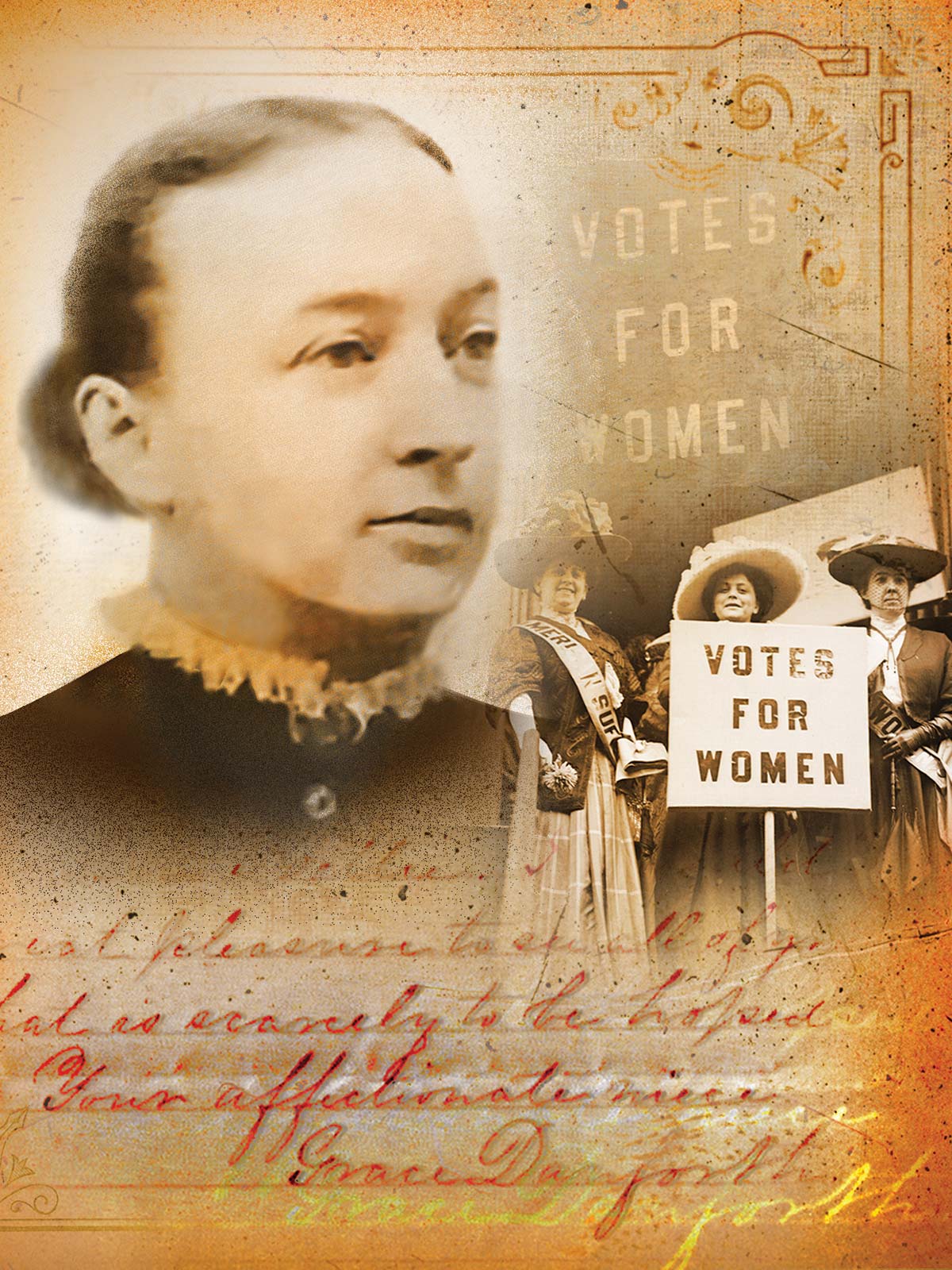The Dallas Daily Times-Herald tried to compliment Dr. Grace Danforth by saying she was “a woman with a man’s mind,” but the pioneering physician had a mind all her own.
Danforth was the first woman accepted as a member of the Dallas County Medical Association, the first woman to practice medicine in Williamson County and a founding member of the Texas Equal Rights Association.
Danforth was also a member of the Woman’s Christian Temperance Union, which made her death from a drug overdose all the more puzzling.
Born in Wisconsin in 1849, she lived most of her life in Texas, moving with her family to northeast Texas as a young child.
For a while it appeared she would follow in her father’s footsteps as a traveling music teacher, but she found the classroom too confining. She considered bookkeeping and pharmacy before deciding on medicine, studying at the Woman’s Medical College of Chicago, where she first became involved in the campaign for women’s voting rights.
She returned to Texas as a licensed physician and dedicated suffragist.
By 1889, she was practicing medicine in the small town of Granger, north of Austin, at a time when there were only a few thousand female doctors in the U.S. She organized local suffrage groups and promoted their activities. She advocated for inviting visionary suffragist Susan B. Anthony to Texas.
We know now that Danforth suffered from cluster headaches, which are uncommon, unpredictable and debilitating. And even though Danforth may have prescribed laudanum, a tincture of opium dissolved in alcohol, to treat pain and other ailments in her patients, she didn’t take it herself.
It’s possible she only took it once, on the night of her 46th birthday, February 21, 1895, when she died of an overdose. Stories about her death vary. Some say she overdosed on the drug antipyrine; others say laudanum.
Armies and expeditions of the day didn’t leave home without laudanum. Lewis and Clark took the drug, along with some raw opium, on their voyage of discovery. Doctors in the 19th century prescribed laudanum for nearly everything: colds, meningitis and even heart diseases.
Laudanum, it seems, never failed to make patients feel better. Unless it killed them.
Wayne Bethard, a pharmacist and historian in Texas, wrote in his book Lotions, Potions, and Deadly Elixirs that laudanum, like today’s opiates, lowers a patient’s pain threshold. Over time it takes more medicine to treat the same pain, but someone who doesn’t take narcotic pain medication has no tolerance to the drug. A dose large enough to calm a cluster headache could be fatal.
“Dr. Danforth was one of the most remarkable women in Texas,” the Daily Times-Herald wrote the day after her death. She was buried in the Granger City Cemetery.
“There was a great prejudice existing against her sex entering the learned professions, and it is not likely she got much practice,” the newspaper wrote. “But she was a woman of a vigorous and active mind, and she soon took a leading part in all reforms.”



